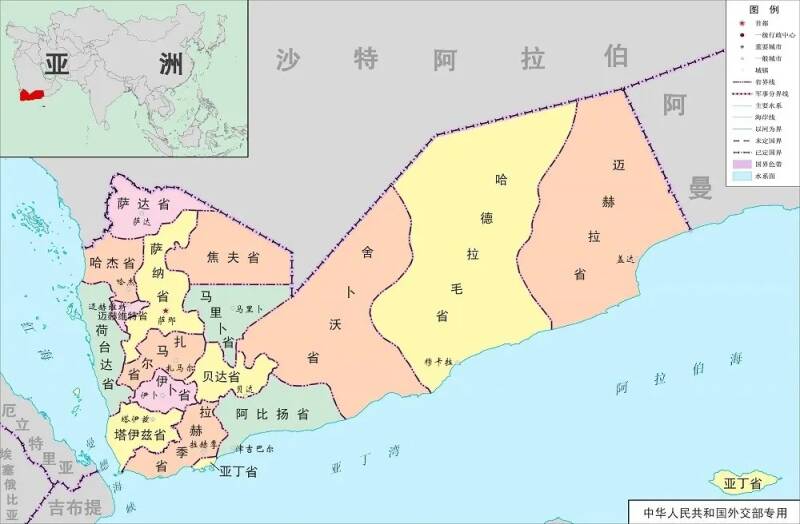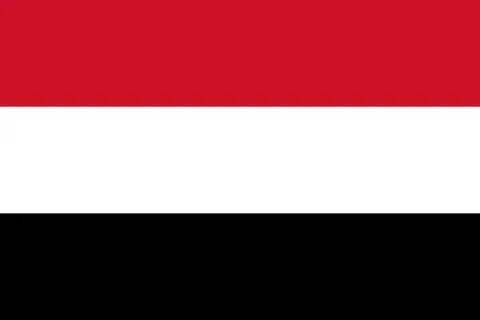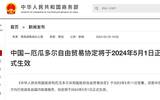Yemen| History of one of Asia's coffee producing areas
When it comes to coffee producing countries in Africa, we have to talk about Yemen. Yemeni mocha is one of the oldest coffee in the world. In the 15th century, coffee beans were mainly concentrated in the port of Mocha and then exported, so the beans shipped from the port of Mocha were called mocha coffee at that time.
Yemen Republic of Yemen
Yemen, whose full name is the Republic of Yemen, is a country located at the southwestern tip of the Arabian Peninsula, bordering Saudi Arabia in the north, the Arabian Sea and the Gulf of Aden to the south, Oman to the east, and the Strait of Mande to the west facing Ethiopia, Somalia and Djibouti on the African continent. With a land area of 528000 square kilometers, the topography of Yemen can be divided into five parts: mountains, plateaus, coastal plains, desert areas and islands.

The national flag of the Republic of Yemen is rectangular, which is composed of red, white and black parallel horizontal rectangles with equal area from top to bottom. It is a pan-Arab national flag. The red in the national flag represents the blood and revolutionary spirit of heroic martyrs, symbolizes revolution and victory, white symbolizes sanctity, purity and hope for a better future, and black symbolizes the dark ages of the past.

Southern Yemen has a tropical arid climate, with two cool and hot seasons in a year. April to October is a hot season with an average temperature of 37 ℃, and November to March is a cool season with an average temperature of 27 ℃. There are many kinds of climate in northern Yemen, the east gentle slope extends to the Rubhari Desert, it is desert and semi-desert area, the climate is dry, hot and less rainy; the western Red Sea coast is the Tihamai area, the climate is hot and humid, the summer temperature is generally 35-40 ℃, the humidity is generally 80% Mak 90%, and the annual rainfall is less than 400mm, which is the region with the highest rainfall in the Arabian Peninsula.
Yemen is a typical resource-based country, and oil and gas are its most important natural resources. The Republic of Yemen has a land area of about 3.62 million hectares suitable for farming, and the country has 0.24 hectares of arable land per capita. Agriculture and fisheries are one of the main industries in Yemen and the main source of exports besides oil.
The main crops in Yemen are wheat, corn and barley, while the cash crops are mainly fruits, coffee, sesame, tobacco and dates. Agriculture accounts for about 18% of Yemen's gross national product. Coffee has always been a traditional export product of Yemen. Yemeni coffee comes from Arabian coffee trees hundreds of years ago and comes from areas above 3000 feet above sea level.
The unique planting and production methods of Yemeni coffee have almost never changed. The seedlings of coffee trees are now cultivated in nurseries and then transplanted to high elevations. No pesticides and fertilizers are used in the planting process. Mature coffee beans are dried naturally on coffee trees. After shelling with stone mill, workers repeatedly select and wash the grains. The coffee beans are regular in shape, uniform in size and can range from light green to yellowish brown in color. And the fragrance is rich and persistent.
Coffee producing area
Yemeni coffee is mainly cultivated in the central highlands, and there are many varieties of coffee, most of which are named after origin and type. Yemen mainly grows iron pickup and bourbon, as well as an ancient tin card called Udaini, which is harvested from October to December. The coffee producing areas in Yemen are all official provinces, and several of them are famous for their coffee.
Sanaa (Sana'a)
The Sana'a Basin, located between Mount Abang and Mount Nakamu, is the largest coffee-producing area in Yemen, with an average elevation of 2200 meters. Coffee is usually harvested from October to December. A lot of exported coffee comes from this area, and Madali is a famous local coffee market.
Raima province (Raymah)
The average elevation is 1850 meters, and the coffee harvest period is also from October to December. It is also a key producing area in the water resources management plan implemented by non-governmental organizations.
Mehvit province (Mahweet)
It is a distribution center for coffee in front of the seaport export. in the 15th-18th century, it was an important hub city for coffee production, located south of Sana'a, at an altitude of 1500-2100 meters.
Sa Da Province (Sa'dah)
It is 1800 meters above sea level and borders Saudi Arabia to the north, which suffered heavy losses as a result of the civil war in 2004.
The coffee beans produced in Yemen belong to Arabica type. The size of mocha beans is smaller than that of ordinary coffee beans, but it contains distinct features, especially the distinct acid is often mixed in coffee as a role of flavor enhancement, so it is known as the red wine in coffee, with an aftertaste of aroma and sour taste.
Important Notice :
前街咖啡 FrontStreet Coffee has moved to new addredd:
FrontStreet Coffee Address: 315,Donghua East Road,GuangZhou
Tel:020 38364473
- Prev

It will officially take effect tomorrow! China and Ecuador cancel tariffs on each other
According to the Chinese business website, on May 11, 2023, China and Ecuador signed the "Free Trade Agreement between the Government of the People's Republic of China and the Government of the Republic of Ecuador." At present, both China and Ecuador have completed their respective domestic approval procedures, and the agreement will officially enter into force on May 1, 2024.
- Next

Crazy! Crazy! Lucky's scheduling system card BUG does not require anyone to work!
▲ Click to pay attention| Daily Boutique Coffee Culture Magazine Coffee Workshop Recently, Luckin's friends in Guangzhou, Shenzhen and Chengdu have experienced Luckin's adjusted scheduling system before stores across the country. According to Ruixing's friends, the system can forecast peak periods based on store product sales, and then conclude results based on forecasts.
Related
- Being chased out of the rain in front of Starbucks?! Store: Sheltering from rain under umbrellas poses a safety hazard
- The white moonlight has changed?! Lucky launches "Big Winter Pear American"
- Hand-brewed coffee three-stage method, high-sweet and universal brewing method to share! What does the high sweet water level of hand-brewed coffee mean?
- What is the difference between raw, refined and full espresso coffee? How to extract espresso and taste good?
- A complete list of coffee bean names and their meanings! What is Yejia Shefi coffee? Where is Mantelin coffee?
- What grade does Arida Manor Kaduai coffee beans belong to? What treatment is Arida ASD slow anaerobic sun exposure?
- The milk tea cup becomes smaller?! Overlord Tea Girl launches a new "Return to Yunnan" series
- Accused of selling counterfeit and high-priced coffee beans! Well-known boutique coffee brand "Oukelao" bowed and apologized!
- How to make espresso dumplings? Can I eat coffee and glutinous rice balls together?
- Save the unformed and stagnant powder cakes in one second! What is the problem with stagnant water in the powder bowl of the espresso machine?

